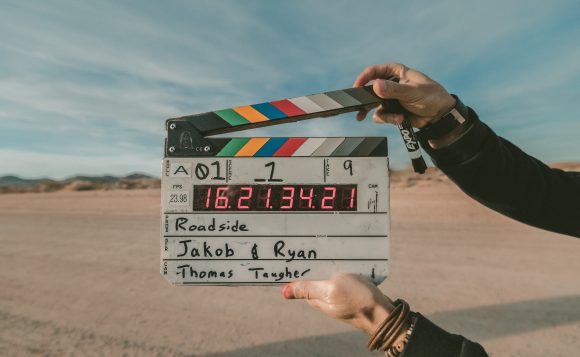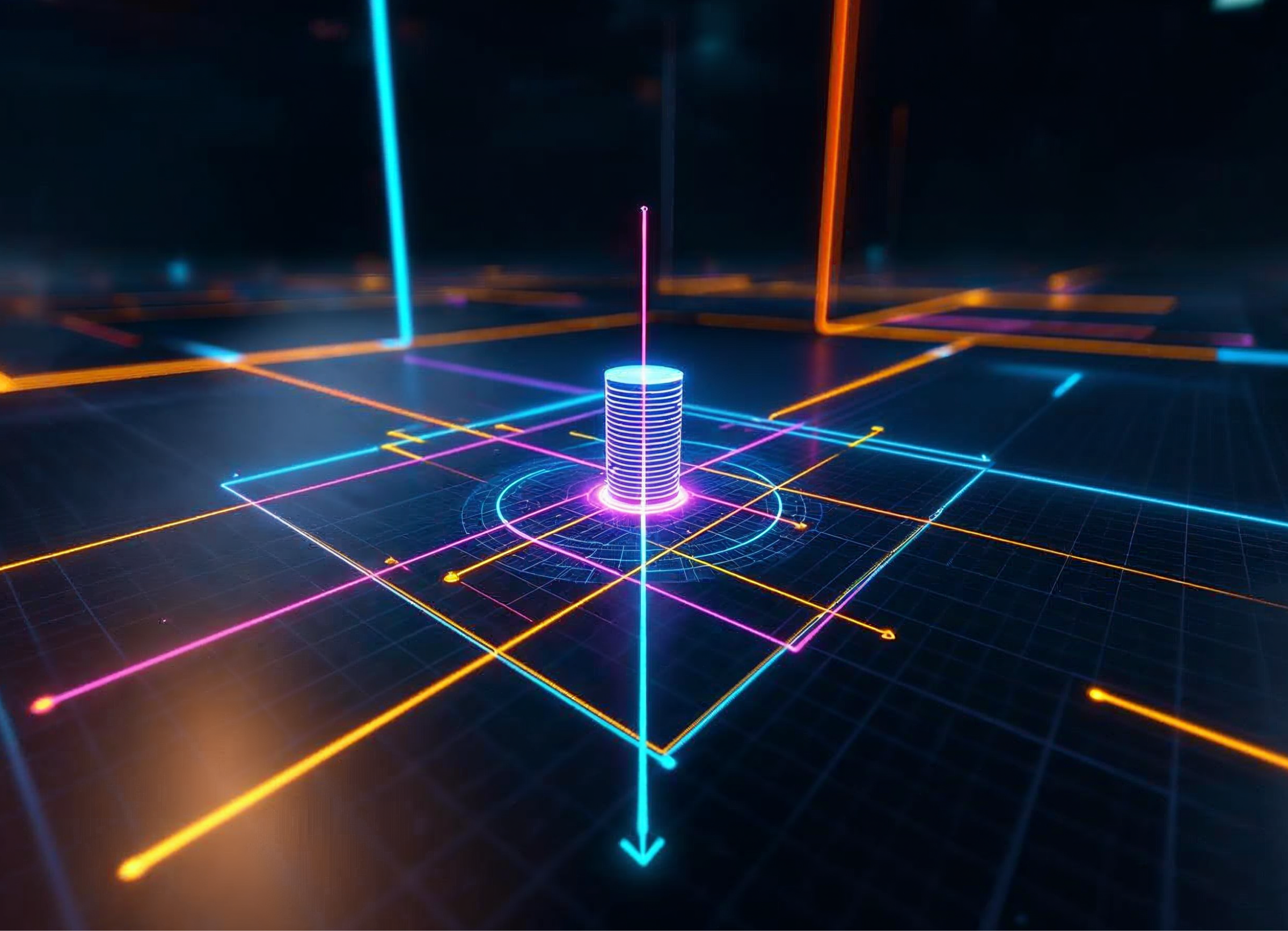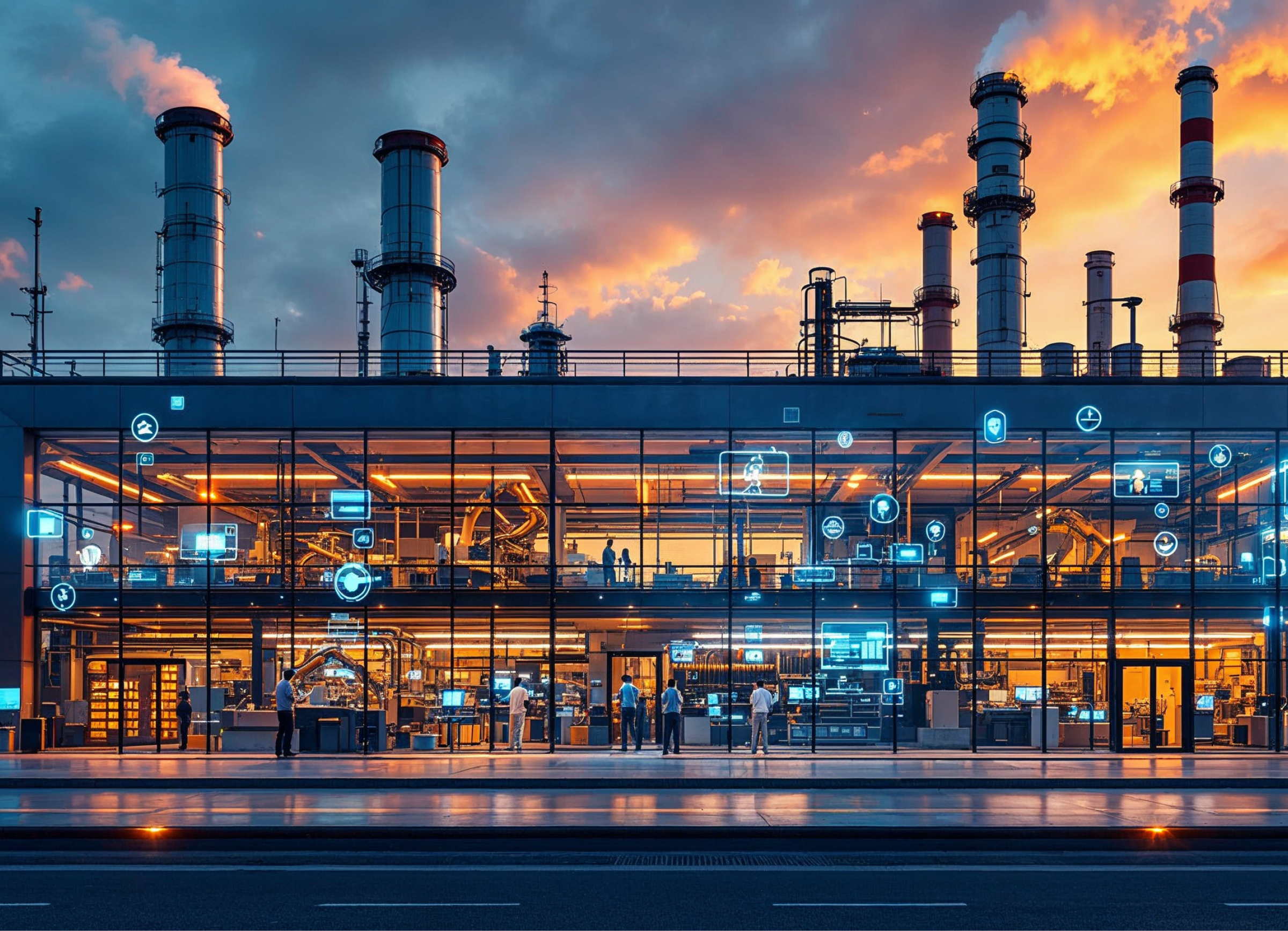
Introduction
Being a tool for creating stories, virtual reality is the next step in video content development after 3D and IMAX with the main purpose to immerse the audience in a story. Media giants and small studios already use this technology to produce 3D VR movies.
How VR Movies Immerses a Viewer into the Story
Virtual reality is a digital space that provides unlimited possibilities to create preferred settings. In general, it all depends on the authors’ fantasy only. But the main purpose of a VR story is to fully immerse a viewer in the reality, created by the author.
“Now VR can do that today because we have a vastly improved sense of presence in the technology,” said Julie Krohner during a TED Talk. “Presence is a mind-body trick that happens where our brains count a virtual experience as if it was a real one.”
What Virtual Reality Films Actually Look Like
There are some main differences between VR movie and standard ones created for cinemas and TV:
- Special filming equipment that contains 360 camera, special montage programs, and a VR headset for estimating filmed material;
- Scriptwriters always consider the number of people and set pieces which will be included in a 360 panorama. “When we really got into the “meat” of writing the script, it was already really clear that it was going to be in VR,” said Gaelle Mourre, the scriptwriter and the director of the 360 degree movie Mechanical Souls. “So, we’ve got to consider, you know, the space, and make sure that there are multiple things happening at the time without crowding the main action. So, we’ve worked out into the script.”;
- Radius of filming – objects located outside 1,5 meter radius will have a blurred look in virtual reality movie;
- In VR 360 movie, every actor gets in the spotlight. Melanie Forchetti, a journalist of American online media Backstage, recalls her experience of visiting the set of a VR film “Career Opportunities in Organized Crime” in her own article. “This is a great opportunity for actors because no matter if you’re in the starring role or cast as a background performer, you could be the center of attention. Someone in the audience is potentially looking at you. You have to assume that everything you do — raise an eyebrow, interact with a set piece, etc. — will be seen by someone at any given moment (or when the film is viewed subsequent times)”, said Forchetti.
- Director should consider the fact, viewers can watch movies in VR at any angle. That’s one of the main differences compared to a standard movie where a director has the ability to emphasize the story atmosphere and characters, using different camera angles. “I think, in the storytelling realm, something is opening up. And that you give the person who’s viewing the experience, a lot of control. So, as a director, you also have to let go certain control. And that’s very hard, but it’s really interesting”, said Jorge Tereso, the director of a VR animated film Gloomy Eyes.
Where VR Storytelling is Applied the Most
There are two main directions of virtual reality storytelling:
- producing original VR films;
- producing interactive virtual reality entertainment, which complements already existing popular movie and TV franchises and provides additional experience for fans.
There are a lot of bright examples of the VR use in these fields, which demonstrate the possibilities of virtual reality in the movie industry.
Virtual Reality Movies
Oculus Story Studio became one of the very first studios to begin actively producing VR film. Their first virtual reality animated movie “Henry”, released in 2015, is about one hedgehog who struggles with findings some friends. In this article, you can read more about their latest movies.
3dar and Atlas V produced a 30-minute animated movie Gloomy Eyes. The 2020 movie tells the story in a setting where the sun is tired of seeing people and refused to rise in the sky. Because of the darkness, zombies come out of their graves, including the boy named Gloomy, who encounters a mortal girl, Nena.
The Hollywood actor Colin Farrell plays the narrator of the story.
A 13-minute VR movie Mechanical Souls tells the story about Chinese wedding, on which the rich bride’s father hired androids as bridesmaids. But when his daughter tries to modify one of the androids, suddenly it goes out of control. This virtual reality movie was shot with the help of 360 technology, featuring real-life actors.
VR Interactive Content for Famous Franchises
The biggest streaming giants have actively begun using virtual reality as the way to demonstrate their content. For example, Disney+ designed an app, Disney Movies VR, where a headset user can get in the studio’s most popular movies locations, including Star Wars and Marvel Cinematic Universe. This interactive experience is an addition to already existing films. And with the help of Disney Movies VR, a viewer can become their favorite movie character.
Netflix, in their turn, released YouTube Stranger Things 360о Virtual Reality Experience as a part of the show’s promo campaign. It immerses fans in the one of the first season main location. A viewer gets into a room of Byers house, decorated with Christmas lights. During this experience, a viewer is approaching ringing white telephone. After the phone is picked, we can hear the voice of a missing boy, Will Byers: “Hello? Can you hear me? You have to listen! You’re here! Turn around!”
Conclusion
Innovative virtual reality technology is a new, undiscovered platform for artists they can use to tell their stories. For now, author’s VR movies aren’t very popular, but some media giants, e.g., Disney and Netflix, produce additional VR content for fans who want to be a part of a favorite story.



